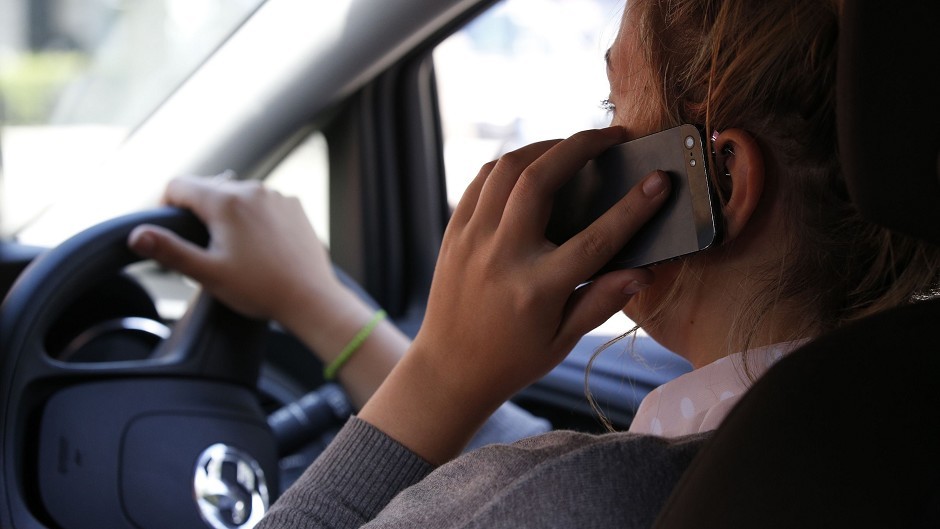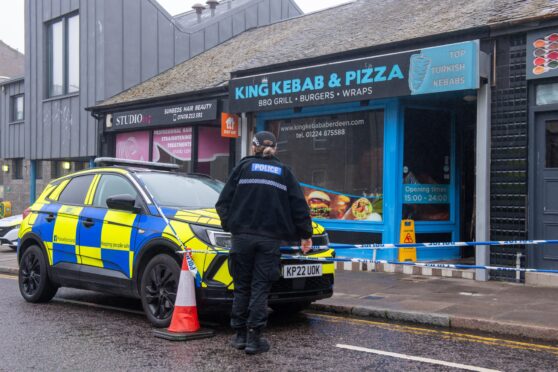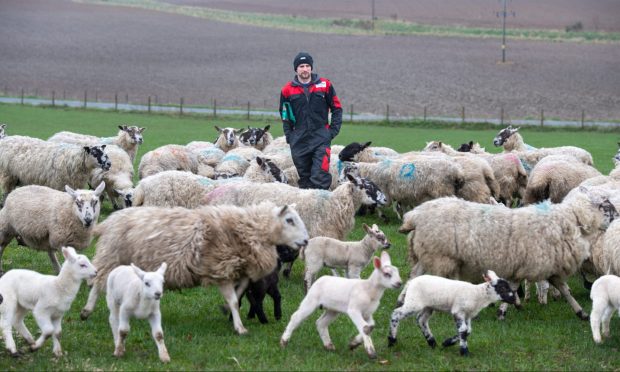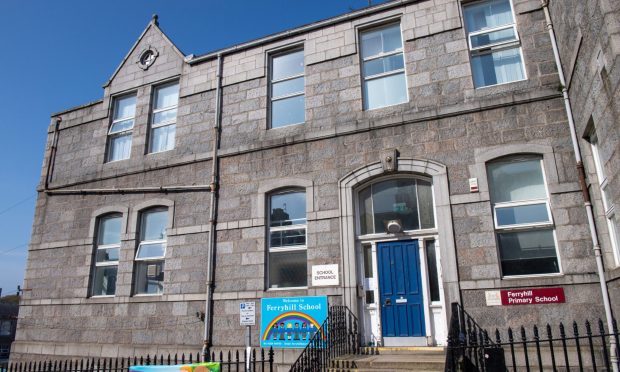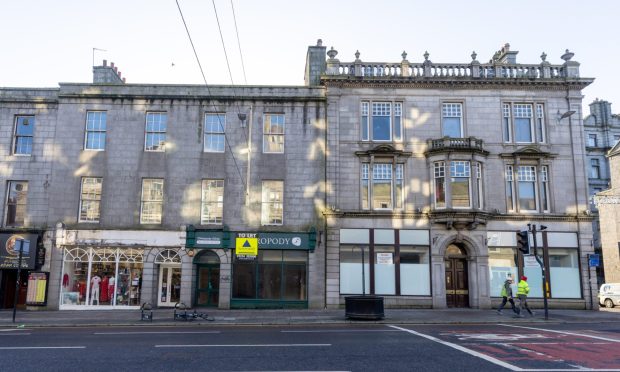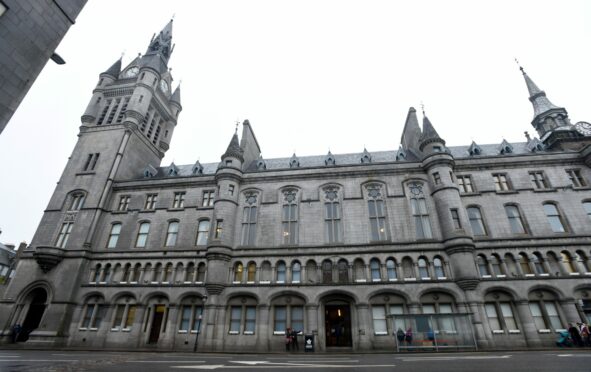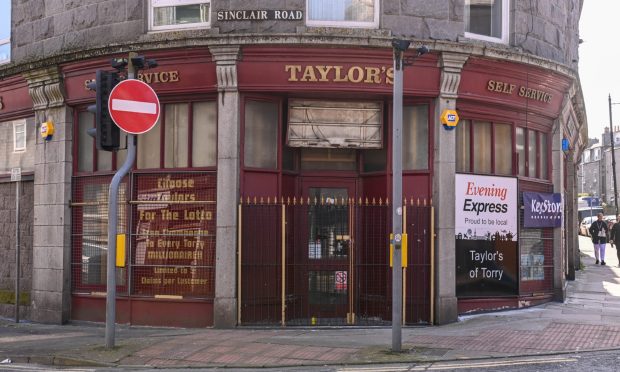The number of motorists caught using their mobile phones while driving has plummeted across the north and north-east over the last three years.
Figures released under freedom of information legislation show the number of drivers flouting the law on using handsets on the move has dropped by hundreds since 2013.
But road safety experts are worried those actually caught could be the “tip of the iceberg” and that many more are going unpunished.
The legislation has been enforced since 2003, and anyone caught using a phone while driving can have their licence endorsed with three points and be given a £100 on-the-spot fine.
A court can impose a maximum fine of £1,000 on motorists and up to £2,500 on drivers of buses or goods vehicles.
Over the last five years the worst period for offences was 2013, when 2,267 people were caught.
By 2015 that number had dropped to 1,910, and in the eight months of 2016 so far only 697 motorists have been stopped.
One of the blackspots is the north of Aberdeen, where officers caught 778 drivers in 2014 and 642 in 2015.
But so far this year only 218 fines have been handed out in the area, and city roads policing inspector Jon Barron hopes the number will remain low for the remaining months of 2016.
He said: “There’s probably not one single factor as to why there’s been a reduction.
“Hopefully education and the message has got out there that distraction kills.
“I’d be delighted if officers came back in and told me they didn’t have to deal with any motorists on their phones.”
Officers in Inverness, the Western Isles, Orkney, and Aberdeenshire have all also reported fewer incidents.
But police in Moray, Shetland and Highland noted an increase in mobile phone offences, with a huge jump of 170 to 270 incidents reported in the north Highlands area.
Neil Greig, policy and research director for IAM Roadsmart (formerly the Institute of Advanced Motorists) said: “The results here for the north and north-east of Scotland are really just the tip of the iceberg, in reality there are far more people driving while being distracted on their mobile phones.
“IAM RoadSmart welcome the apparent fall but we are still concerned that well over a thousand drivers are being caught every year in the north-east with many others almost certainly getting away with it.
“We would like to see more high-profile policing, and officers catching as many people as possible behaving in this extremely dangerous manner.”
